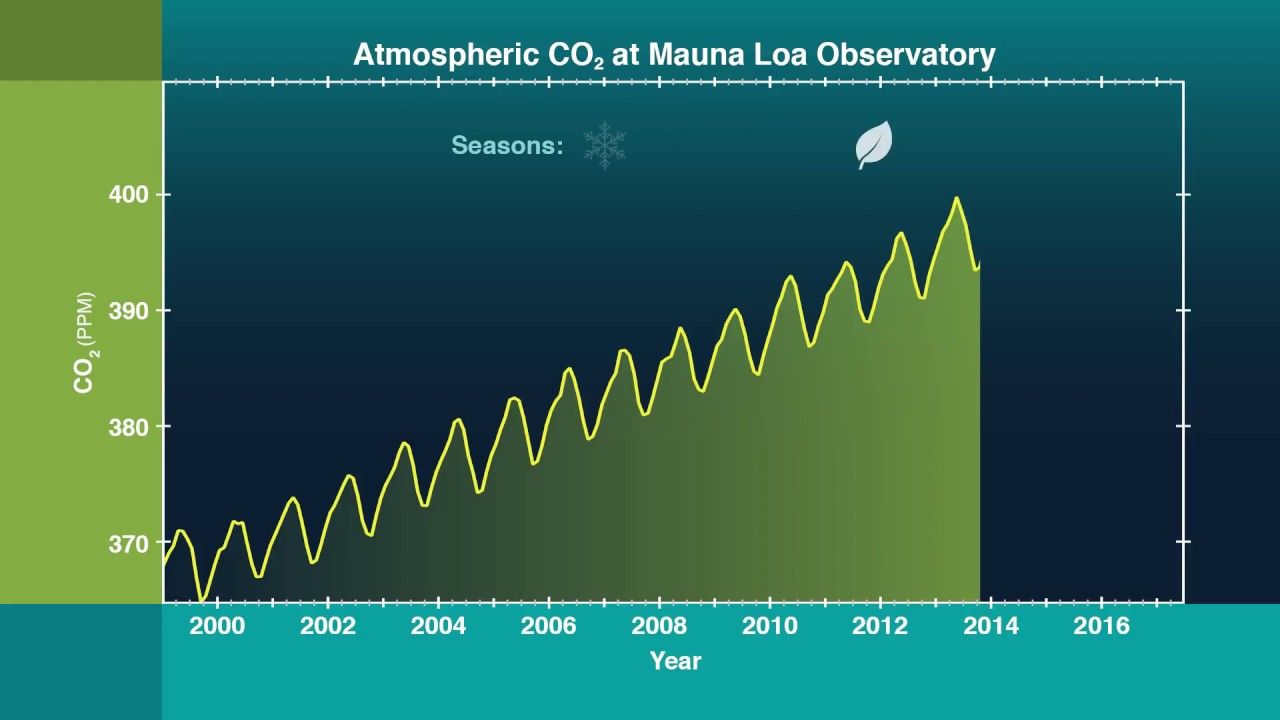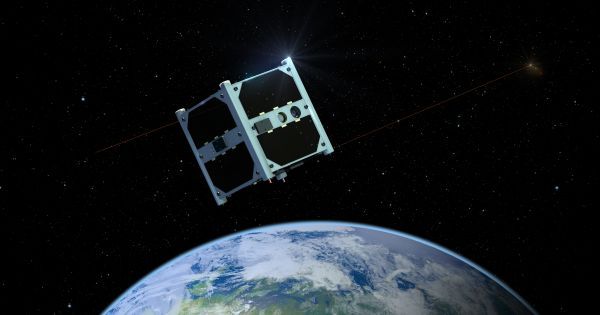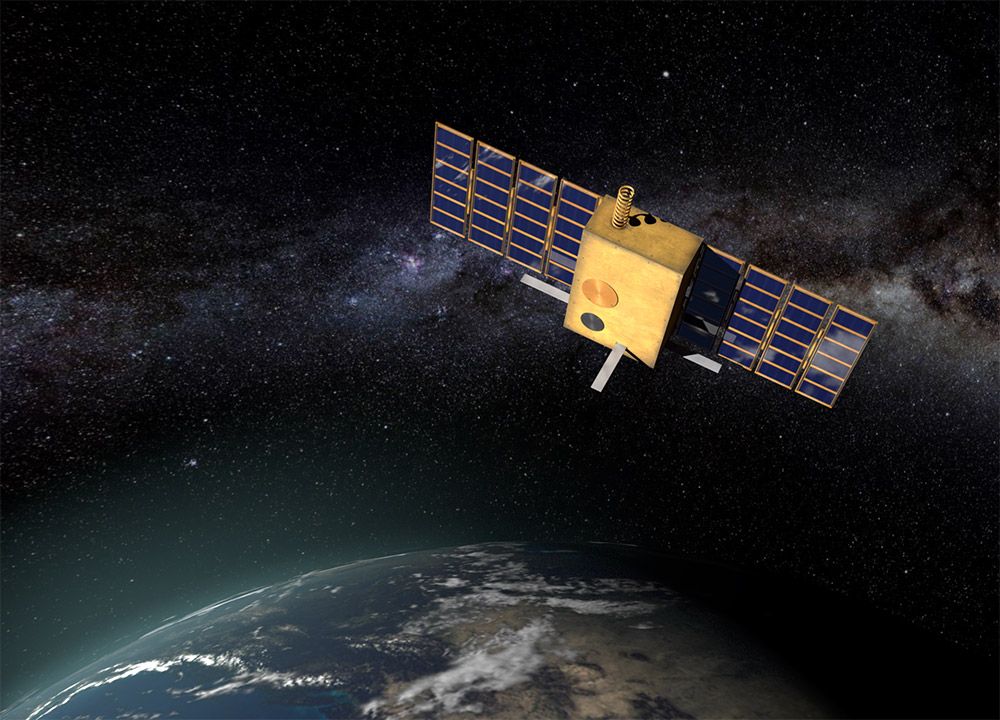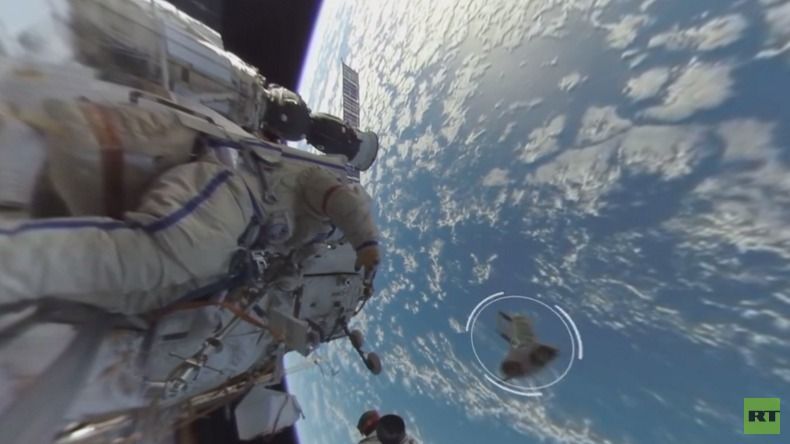Nov 18, 2017
AI could be the perfect tool for exploring the Universe
Posted by Genevieve Klien in categories: robotics/AI, satellites
Yes I agree.very good resource for this job!
In our efforts to understand the Universe, we’re getting greedy, making more observations than we know what to do with. Satellites beam down hundreds of terabytes of information each year, and one telescope under construction in Chile will produce 15 terabytes of pictures of space every night. It’s impossible for humans to sift through it all. As astronomer Carlo Enrico Petrillo told The Verge: “Looking at images of galaxies is the most romantic part of our job. The problem is staying focused.” That’s why Petrillo trained an AI program to do the looking for him. Petrillo and his colleagues…

















